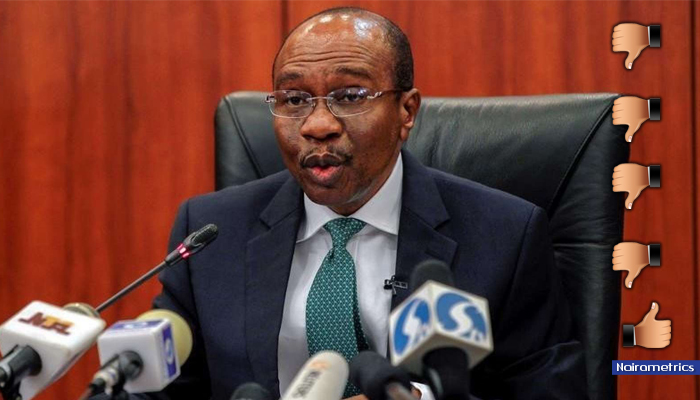The Central Bank of Nigeria on Thursday released results of its latest treasury bills auction. As has been the case for weeks, it was fully subscribed and yields were, well, as expected.
A 91-day treasury bills yield sold for 13.5%, while a 182 day bills sold for 17.1% A 364 day bill on the other hand sold for 18.7%.
Everything seems normal looking at this result. But fish smells when you juxtapose this with the how much yield the secondary market is attracting.
According to data from the FMDQ OTC, a 91 day treasury bill is going for 17.43%, 182 day 20.21% And 343 day 21.66% respectively.
Let’s put it in a table for you to appreciate the variance.
Analysts who have looked at this repeatedly inform Nairametrics that it seems at odd with market behaviour. Typically, primary market yields track secondary market yields as the latter is an indication of how much investors want. So, who is buying treasury bills at a lower yield in the primary market when they can get a better yield in the secondary market?
Since the start of May, there has been a growing divergence between NTB auction yields and yields in the secondary market. In particular, the 91-day and 182-day yields are much lower at the auction vs in secondary market trading, as depicted in the table above.
According to an analyst who will not want to be named officially, “the move reflects CBN actions to curb system liqudity which has resulted in the apex bank issuing OMO bills almost on a daily basis. This has pushed secondary market yields higher.” OMO, which refers to the Open Market Operations, an instrument used by the CBN to control money supply, currently trades at a premium of about 5% to the MPR, another occurrence we find intriguing.
Ordinarily NTB yields should not be so far away between both primary and secondary markets, the continued existence of this anomaly reflects a glut of not too savy investors at the primary auctions had allowed the FGN take advantage by issuing bills at a significant discount to the secondary market levels.
What is likely going to happen? according to our analysts, “the longer this continues the more likely more investors will stop going to auctions though unfortunately a lot of passive investors still going to auctions continue to make it possible for the FG to get away with the anomaly.”
As another analysts inform Nairametrics, who are the greater fools buying these bills?
